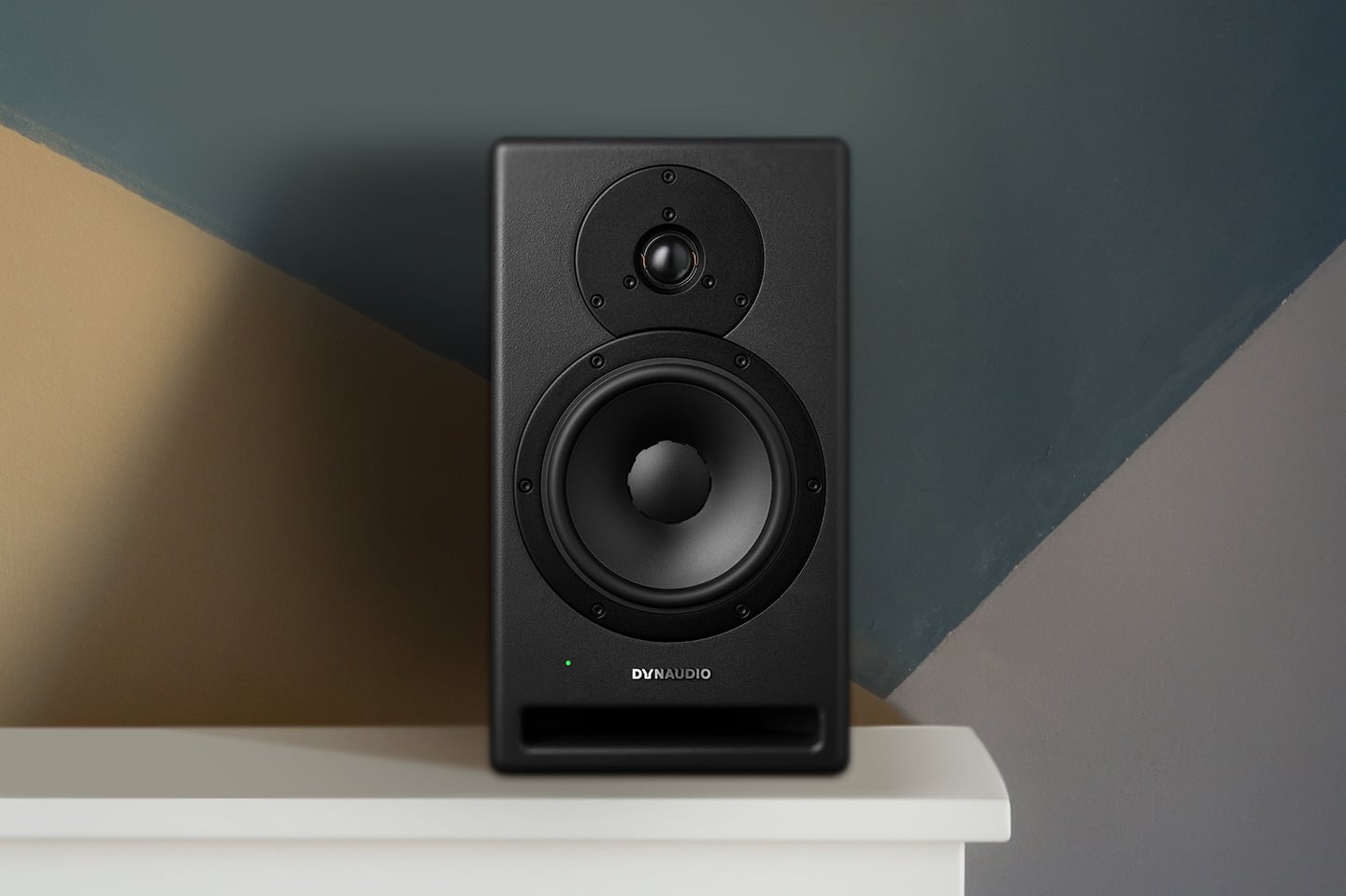
Dynaudio Core 7 Active Studio Monitors
After a three-year hiatus, Dynaudio’s newest range of studio monitors show a return to Core principles.
Dynaudio’s Core series of studio monitors has that feeling of getting back to basics. It was as if Dynaudio went a little too ‘mad scientist’ with the previous flagship studio speakers, the Air series, and Core is the natural course correction.
The Air series was a bit of a marvel, no doubt. It promised to be a seamless intersection of hardware components and software DSP right from the beginning. Drivers would come off the manufacturing line with a perfectly-matched DSP correction to accompany them. But perhaps the more DSP you add and the more obvious you make it, the less it feels like you can trust the physical hardware. What’s to stop Dynaudio hooking up a hand-folded piece of paper to a DSP chip and calling it a professional listening solution?
There was nothing wrong with how the Air series sounded. At the time of its debut it was a revolutionary idea. There wasn’t much in the way of operator-controllable monitoring DSP in studios, so Dynaudio figured it would pack that power into a speaker. If there was an uncomfortable feeling about them, it was more to do with the bulging LCD screen on the front panel.
In the long run, it posed two problems that cut its life span short. Firstly, digital screens don’t age well. As unbelievable as it sounds, I’m sure iPhone Retina screens will be the equivalent of a dot matrix in years to come. Unfortunately, the Air series displays were dot matrix. Secondly, others soon figured out that it’s much easier and more comfortable to make those changes from the listening position. These days, if you want to make elaborate corrections to your monitor’s response, there are hardware controllers and software plug-ins to do it. It no longer makes sense to access it from the front baffle of your speaker while leaning over your desk.
FILLING THE GAP
Dynaudio discontinued the Air series in 2016 to make way for the next generation of speakers. First came the LYD series, which took a bunch of Air’s DSP smarts and packaged them in BM series-looking housings at more affordable prices. With a gap at the top of its range for the last few years, it felt like Dynaudio might be focusing less on the professional market.
The Core series rectifies that with three models – the two-way Core 7, and the three-way Core 47 and Core 59. There’s also a quad-driver dual side-firing sub that extends down to 15Hz. The series features completely new looks and cabinet designs. It’s not revolutionary, but I immediately liked it. It’s a spattered black coating, like the sprayed on Dura-Tex-type finish you’d find on modern PA boxes. The front baffle is flat, corners rounded, with dimples on all sides for mounting spacers – though I’m not sure why you need them on the top. Mounting them upside down so the tweeters are on the bottom, perhaps?
The Core 7, which I had for testing, hasn’t lost its Dynaudio look. There’s still the soft-dome tweeter, and the woofer is instantly recognisable as a Dynaudio model with its proprietary Magnesium Silicate Polymer cone and dust cap with dashed outline. At almost 15kg per speaker, it’s a solid box for the size. The Core 7 ships with a removable three-pronged cover for the tweeter, like a stumpy version of the plastic platform that holds up the middle of a soggy pizza box.
LOUDER & LOUDER
The Core 7 has onboard Class D amplification that provides 500W for the woofer and 150W for the tweeter. It’s a lot of power for a speaker this size. As well as the ability to adjust the input sensitivity to match your gear’s output, there’s a maximum SPL level control with settings of 88dB, 96dB, 100dB and 112dB.
In my relatively small mix space of about 5m by 4m I had them set at 100dB and they still went incredibly loud – louder than is comfortable, but without breaking up. Smaller speakers will usually hit a threshold before it gets really ear-blazingly loud. The 112dB setting was too much for me. It’s nice to know you can dial it into a range that suits your room, but still have the ‘oomph’ to handle a bigger space if you move.
Given Dynaudio’s solid history for longevity, and the Core 7’s power handling, I would say these will last ages in any nearfield application. Dynaudio is also promoting these as an option for immersive live installations, providing M10 rigging points on all faces except the front and rear.
NEED TO KNOW
BUILT TO BE ACTIVE
Among connoisseurs of higher end speakers there’s a perception that if you were choosing between active studio monitors and passive speakers paired with separate amplifiers, the latter combination would be the best way to go. There’s logic to those claims: a separate amplifier doesn’t interfere with the spatial design of the box, an onboard Class D amplifier couldn’t possibly outperform a Class AB Bryston, and so on. But these days it’s harder to blindly stand by those arguments, given that active monitors are a tightly designed system of box, speaker, DSP and amplifier. If Dynaudio was to make a passive version of its Core series, everything about the driver construction would be different.
The Core series uses Class D amplifiers from Pascal, and a 64-bit DSP chip from Analog Devices. The drivers and enclosures are all designed and manufactured from the ground up by Dynaudio, allowing control of the entire response of the system – from optimising the driver’s suspension, voice coil and magnet structure to suit the enclosure and amplification, right through to final DSP tweaks. Dynaudio also built a new testing facility, dubbed Jupiter, which allows the R&D teams to measure and improve their prototypes quicker and more often.
FOR AIRHEADS
While a lot of digital processing is going on, it seems that – in contrast to the Air series – Dynaudio is downplaying Core’s onboard DSP. It’s still there, but you access it via rear panel switches rather than front panel LCDs, and the settings are typically wide-band rather than phase-mashing minute corrections.
On the way in, you can opt for analogue or AES digital connections, both on XLR connectors. If you opt for digital, you simply flip a switch to decide which channel of the stereo data stream the speaker should play – Left or Right. There’s no sample rate conversion onboard: the Core series supports native resolutions at all the major stops between 32k and 192k. If you switch the sample rates of your playback material, the system will automatically detect the change, mute the speakers and come back to life half a second later at the new rate. There’s also a BNC Word Clock input to keep everything in sync.
Unlike the AIR series with their front panel LCD screens, the only front panel indicator on the Core series is a single LED. In normal operation, it’s green. At amplifier clip it goes red, input clipping detection sends it to orange, and thermal protection is signified by a pulsing red followed by a 6dB reduction in level. It also pulses green when Word Clock and AES lose sync, before shutting off.
There are three frequency ‘taste’ settings, called Sound Balance, to slightly tailor your sound: Dark, Natural and Bright. This tilts the entire spectrum by 1.5dB at either end, using a minimal phase filter to either brighten or darken the overall response without introducing any phase anomalies. It’s a great control to have. Rather than getting caught in a rabbit warren of separately adjusting bass, middle and low frequencies, Dynaudio is essentially saying ‘we’ve got it right, but if your room is excessively bright or dark, try this.’ It’s not a huge difference, but a nice way of adding tonal variation while limiting the need to get too tweaky.
The rest of the rear panel switches include placement options for Free, Wall and Corner, and the rule of thumb here is 50cm. Within 50cm of a wall? Go with Wall. Within 50cm of a corner? Go with Corner. Beyond that, keep it on Free. There are three more placement considerations labelled Anechoic, Desk and Soffit. Desk is self-explanatory. Anechoic isn’t a setting for anechoic chambers but for well-treated studios, and Soffit is for when the speaker is mounted in a wall cavity.
UP FRONT ABOUT SOUND
The Core series speakers all use bass reflex enclosures with front-facing ports that extend almost the width of the cabinet (with the exception of the sub, which uses a sealed enclosure). The reflex portion of the Core 7 seems to work well. Low end is always problematic in less than ideal environments, but I couldn’t get them to show any detectable port noise. As you’d expect of a bass reflex design, taking a peek behind the driver assembly doesn’t show a whole lot. There’s a slight divide in the cabinet between the woofer and tweeter sections with some high-density foam lining the cavity. Looking inside most speaker boxes is fairly underwhelming unless you’re privy to the countless hours of modelling to get to that point. Beauty in simplicity.
I’ve come to appreciate front-ported designs more as time goes on, especially for untreated or moderately-treated spaces, mainly because you know what you’re getting. Rear porting seems to change the response of the speaker more depending on the environment it’s placed in – changing anything about the speaker’s position or the surrounding surfaces can significantly alter the response of the system. They’re also just less flexible in placement. Front-ported monitors like the Core series are very happy to sit against a wall, which is handy in smaller spaces (accompanying acoustic issues aside). Also, with the modelling available to designers these days, low end extension can be achieved without having too much of a resonant bump.
The Core 7’s frequency response goes from 45Hz to 27kHz (±3dB). For those wondering how low that goes in terms of music, using a sub synth I found that the tone starts to drop off at G, two octaves below Middle C. The F# is still relatively prominent, and gradually tapers off until you hear no low tone at C (three octaves down). A lot of smaller speakers can reach a similar low frequency but it can sound artificially supported by the port, creating high points and deader spots throughout that last octave. The low end response will also usually fall off a cliff beyond that point. The Core 7 holds it together well, right down to where it tails off gently. It seems quite accurate and happy to live down low.
UNDER COVER OF DOMENESS
The dome tweeter is an impressive beast, offering great accuracy and an effortless natural tone. Dynaudio has always done a great job of presenting the critical vocal range, and the crossovers never get in the way. On the Core 7 the crossover point is pushed up to around 2.3kHz. There’s no masking of high frequencies, delay tails are all there, and discerning between layered percussion is made simple.
CONCLUSION
The Core 7’s feel great to listen to and mix on. The imaging is spot-on, there’s a super wide sweet spot, and they’re really consistent off-axis.
There’s a bit of competition around this price point but, rest assured, you can’t get this level of sound quality at the moment without leaping into that price territory. If you want to hear the reality of your mix, there’s a cost to getting that detail.
[ifso id=”51936″]












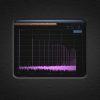
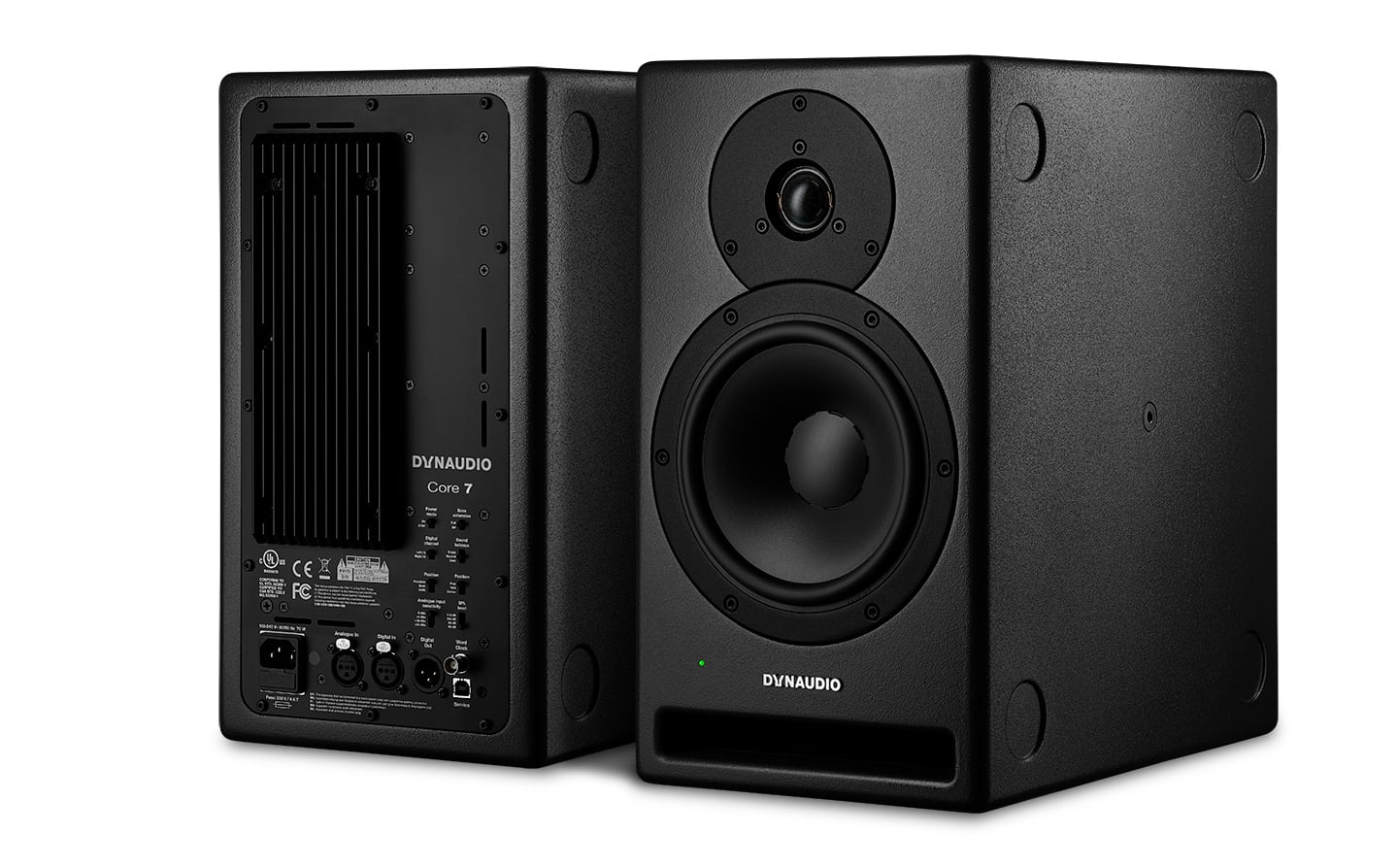


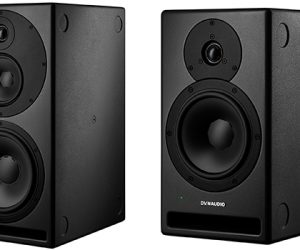


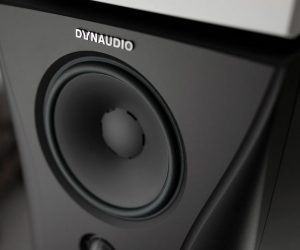
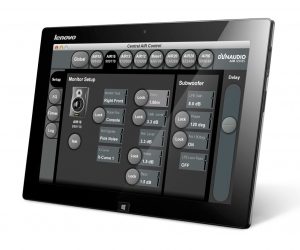

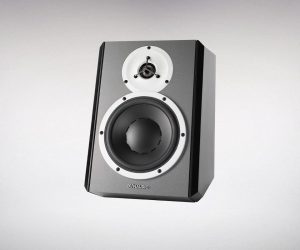





Hi Mark, nice article.
Dynaudio’s Core range of monitors is already shaping up to be a classic set of speakers, and the 7s are a wonderful 2-way studio option.
Regards